buses
Latest
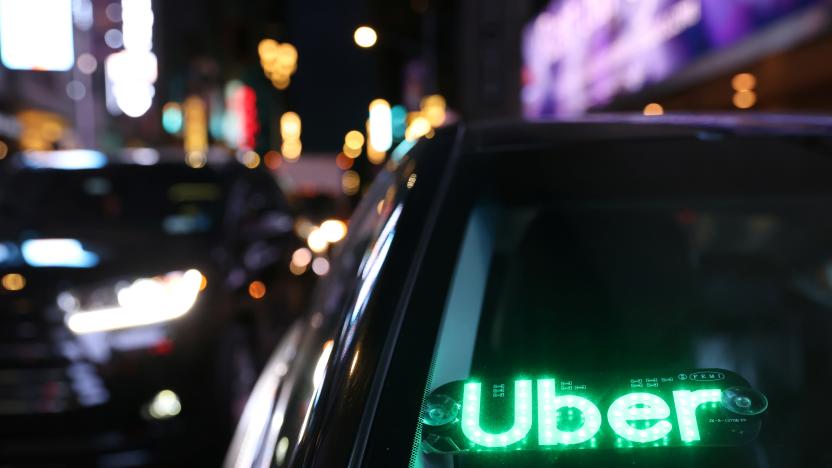
Uber tests train and bus bookings in the UK
As it promised earlier this year, Uber is testing bus and train travel options in the UK via a partnership with Germany's travel platform Omio.
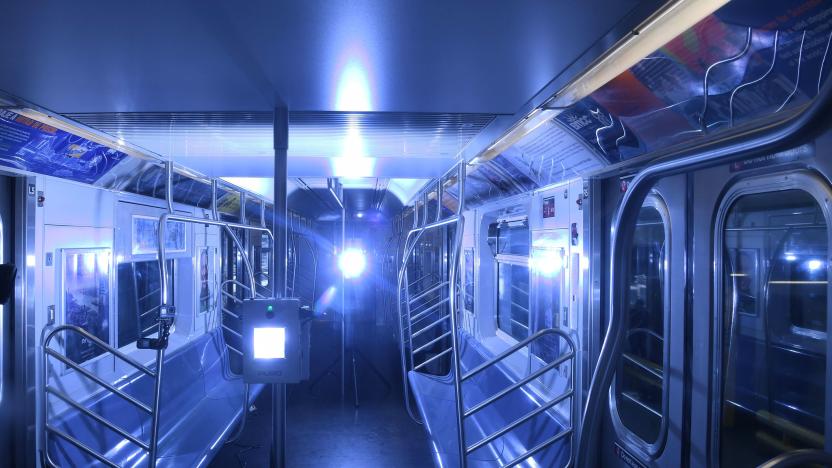
MTA spends $1 million to test disinfecting NYC subways with UV light
MTA invests $1 million in UV light devices to disinfect trains, subways and buses.
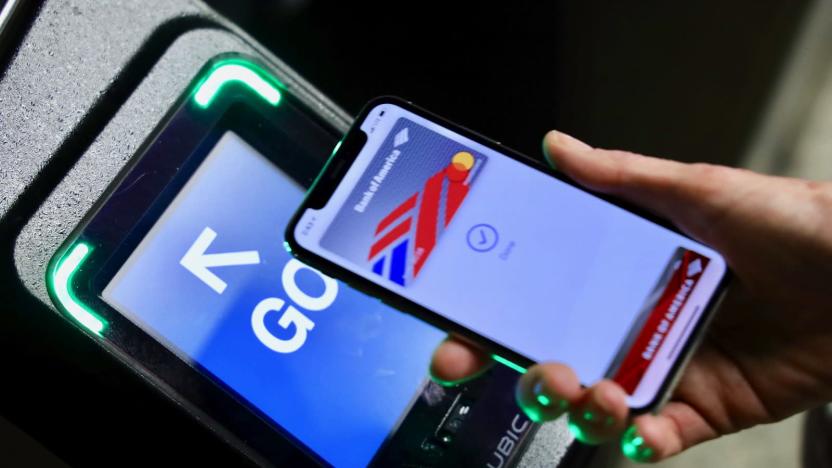
Apple Pay will work on NYC subways and buses starting May 31st
Ever since I moved to New York City nearly ten years ago, I've had to buy physical MetroCards to ride the subway almost every day. But last week, for the first time ever, I didn't have to swipe my card to get trough the turnstile and catch my train. Instead, the entire process was done on an iPhone, thanks to a demo I tried of the Apple Pay Express Transit feature -- one that will start rolling out to MTA subway and bus stations on Friday, May 31st. This contactless system, which also works with Apple Watch, is as seamless as you might expect: You just hold your device next to the screen on an upgraded tap-to-pay turnstile and, within a second, you'll see a message on the reader that says "GO" and you're on your way.
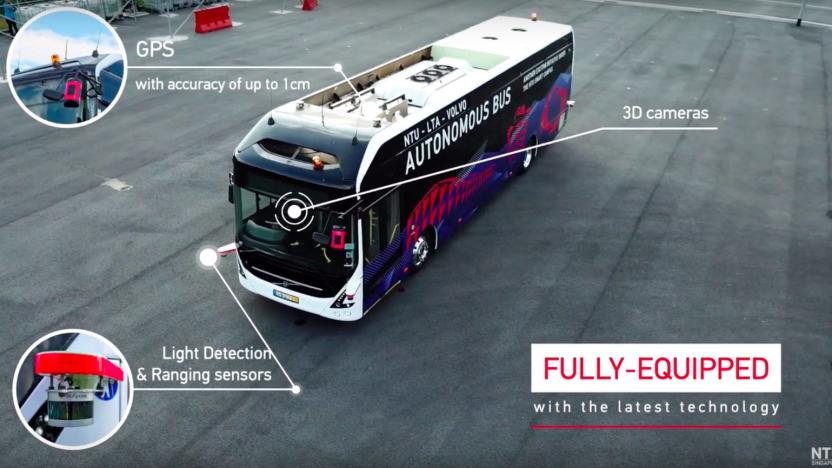
Singapore is testing Volvo's full-sized driverless buses
Universities have proven solid training grounds for self-driving shuttles in Michigan and Melbourne. Now, a campus in Singapore is set to test a full-sized autonomous bus from Volvo. The Swedish auto-maker's single-deck 7900 electric vehicle will carry up to 80 passengers at a time from the Nanyang Technological University (NTU).

California will require zero-emissions buses by 2040
California isn't just interested in taking fossil fuel cars off the streets -- it wants to clean up buses, too. The state's Air Resources Board has voted to require that all buses are emissions-free by 2040. The transition will start in earnest in 2029, when California will require that all new buses ditch fossil fuels. Transit agencies will have access to subsidies (plus funds from the state's settlement with VW over Dieselgate) to help soften the blow of upgrading their fleets.
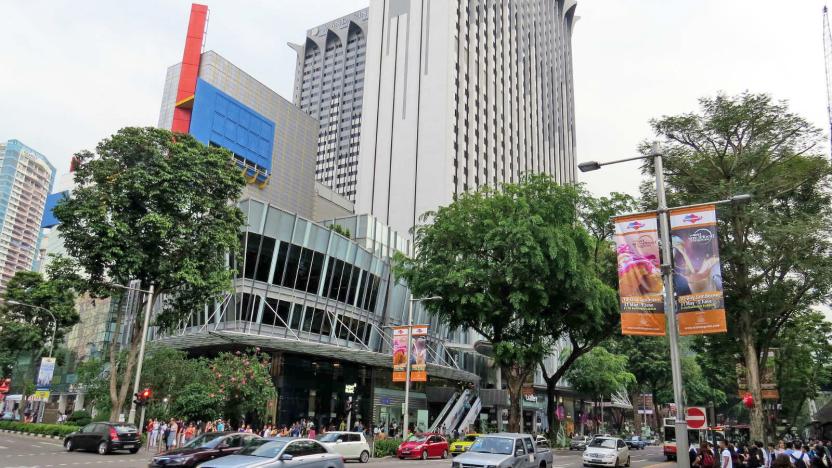
Singapore's driverless buses to serve three towns by 2022
While driverless buses are making cameos in Las Vegas and Michigan, they're set to become a more common sight in Singapore in the near future. Following initial trials of an autonomous shuttle (fit for 80 passengers), the country plans to bring a mixture of the larger buses and smaller mini-vans to three new neighborhoods by 2022.
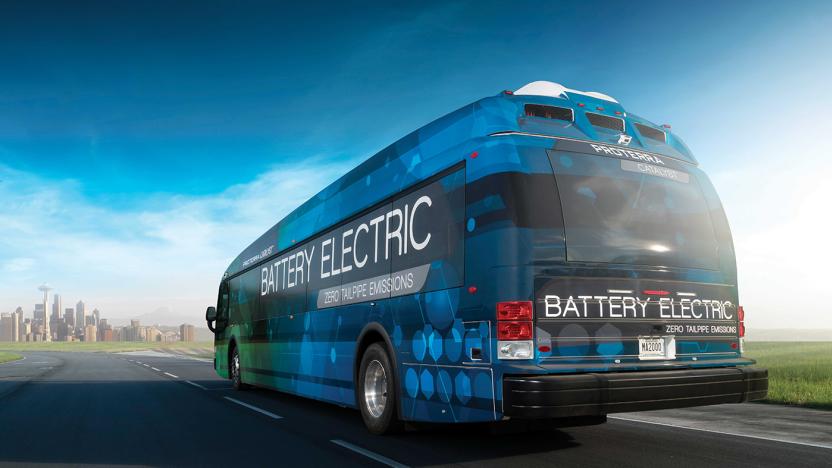
Proterra wants to build autonomous vehicles for public transit
The company that built an electric bus capable of driving 350 miles before needing a recharge wants to take public transit to the next level: autonomous driving. Working with the University of Nevada, Proterra has launched an autonomous driving program to help develop self-driving electric buses in Reno. The idea is simple, but implementation is complicated, partially because Proterra buses have to serve the public and abide by completely different laws than private vehicles. That's why the company's CEO says autonomous bus lines will probably never run without a human co-pilot.

London Mayor commits to greener bus fleet
As part of ongoing efforts to curb pollution in the capital, London Mayor Sadiq Khan today announced that all new single-decker buses for the centre of town will be zero-emissions vehicles, and that no more pure diesel double-deckers will be added to the network from 2018. At an event today, Khan also showed off the "world's first" hydrogen fuel cell double-decker, which will be trialled in the capital next year. In total, 20 of these buses -- which are hydrogen/electric hybrids -- will eventually be added to the fleet.

6 buses transformed into incredible homes on wheels
By Cat DiStasio Converting a disused school bus into a groovy makeshift home on wheels is a pretty common occurrence in many places around the world -- and that trend continues to blossom in some incredibly cool ways. In some areas, housing is so desperately needed for the homeless and poor that city buses are being transformed into low-cost shelters. Elsewhere, a bus might get a new life as a cozy cabin or a chic recreational vehicle.

Self-driving buses will be a big part of the transit puzzle
While companies like Google and Tesla predict a future where fleets of vehicles pick up and drop off passengers, one glaring omission in this big city ride-sharing utopia is buses. You know, the things that already do what those companies are talking about.

London's getting another 51 all-electric buses
London's public transport is already going green, but there's still a lot of work to do before all of the city's buses are switched over to alternative energy sources. Just two weeks after mayor Boris Johnson announced the capital will host the world's first purpose-built all-electric double decker, Transport for London (TfL) today confirmed a further 51 green vehicles will hit the streets by autumn in a bid to lower carbon emissions and improve London's air quality.

London kicks off free bus WiFi trial on two routes
It's safe to say Transport for London (TfL) is pushing hard to equip London's bus and train networks with their fair share of tech. Not long after it announced the launch date for contactless payments on the Tube, it's just confirmed that two of the city's Routemasters are now offering free WiFi to passengers. As of today, if you find yourself travelling on a specific route 12 bus, which operates between Dulwich and Oxford Circus, or a route RV1 bus journeying between Covent Garden and Tower Hill, you'll be able to get online without eating into your data allowance.

EE's NFC payment app now works on London buses
Last week, EE said its Cash on Tap NFC wallet app would soon work with Tube barriers when they start accepting contactless payments next month. Today, the carrier's announced you don't have to wait to try travelling the NFC way, as Cash on Tap can now be used to pay fares on London buses. The capital's bus network has taking contactless payments from sources other than Oyster cards since December 2012, but EE's claiming it's the first to implement NFC support. Daily fare caps for multiple bus journeys work with any contactless payment method already, just like if you were using an Oyster card, but today Transport for London has introduced a new weekly fare cap for bus travel paid this way. A weekly fare cap will also be introduced on the Tube when contactless payments go live in September.

Smart London buses get real-time map and empty seat displays
Struggling to the top deck of a moving bus only to find it full can be a bit embarrassing, but Transport for London is considering new technology to help spare your blushes. As seen by London blogger Ian Mansfield, TfL are trialling screens that display seat availability on the upper deck, as well as ones that show the current position of the bus while displaying the names, locations and expected arrival times of future stops on a real-time map. The seat map apparently doesn't use sensors installed in the chairs, but the existing CCTV cameras to work out capacity. Such features will obviously favour tourists trying to make their way around London, but also those who don't want to be glued to their phone for travel updates. To assist commuters, TfL also ties in travel alerts into its map guide, letting you know if a nearby Tube stop has any issues before you jump off the bus.

Wirelessly-charged electric buses start public route in South Korea
Wireless charging might seem perfectly suited for smartphones and tablets, but the city of Gumi, South Korea is putting the tech to use with something a little larger: buses. A pair of Online Electric Vehicle (OLEV) motorcoaches, which recharge by driving over specially-equipped asphalt, are now running a public transportation route in the city, and it's said to be the first network of its kind open for regular use. Rather than stopping periodically to jack in, coils on the coaches' underside pick up power through an electromagnetic field created by road-embedded wires. Currently, the vehicles have a roundtrip journey of 24km (roughly 15 miles) when completing their stops. Since the system operates so long as 5 to 15 percent of the path is electrified, there's no need to rely on a completely rigged-up highway. What's more, the solution is only triggered by passing OLEVs, which means that normal cars can share the same street. If this all sounds familiar, that's because the Korea Advanced Institute of Science and Technology has been hammering away at the technology for several years. Now that it's made it this far, the city has plans to add ten more buses to its fleet by 2015.

London buses now accept NFC contactless payments, if you have the magic logo
Transport for London has emailed customers to announce the activation of NFC contactless payments on the city's fleet of 8,500 buses, despite any hiccups on the tube. From today, anyone who swipes a debit, credit, or charge card with the logo shown after the break should theoretically be allowed onboard for the same single fare as a traditional Oyster Card user. That's £1.35 instead of the £2.30 cash fare. The logo can also be found on Orange's Quick Tap-enabled Galaxy S III, but the official email makes no explicit mention of any smartphones being compatible. If you have the guts to swipe your GS III over the reader and test it, please let us know if it works (and it's probably better to try it discreetly, in case it doesn't). Customers are also being advised to avoid swiping wallets which contain two potential payment methods -- such as an NFC card and an RFID-based Oyster Card -- so they can control which card gets billed.

Flybus consortium puts the brakes on energy waste, throws it back to the asphalt
For anyone who's logged time city bus surfing, you know there's a heckuva lot of power in those screechy stops and starts. So, it stands to reason there'd be a way to harness that kinetic energy and shuffle it right back to the auto, itself. Well, that's exactly what the Flybus consortium aims to do with a prototype that uses a Ricardo Kinergy flywheel to store energy created from braking, and redistribute it via a continuously variable transmission. The hybrid setup is purportedly much cheaper to produce than current, pricier EV rigs, and would also go a long way towards reducing fuel costs for commercial vehicles. Gearheads eager for a peek at the group's design can get a look-see when it's shown off this month at the Low Carbon Vehicle event in the UK. For everyone else, there are the source links below.

Brooklyn bus riders get real-time bus tracking via cellphone
New York's Metropolitan Transit Authority launched a pilot program a few months back that offered bus riders some real-time tracking information, but it's now expanded things with a whole new program on the B63 route in Brooklyn. That service is currently accessible via a mobile-friendly website or text message, and smartphone users can also scan simply snap a picture of a barcode (presumably a QR code) at a bus stop to immediately check in on the location of the next five buses that will arrive at the stop. What's more, unlike the previous program, this new system is based on an open source platform developed with the help of OpenPlans, and the MTA is actually encouraging developers to dig into the API and develop their own solutions -- which could certainly get interesting as the program is expanded across the city (the Staten Island bus line is next up). Head on past the break for the MTA's press release, and hit up the link below to try out the service right in your browser.

Korea starts testing 'recharging road,' might make it part of its public transport system
Time to set aside the chains of worry that have prevented us from jumping on the electric bandwagon -- Korean researchers have figured out a way to make us forget all about charging stations and cruising ranges with their magnetically recharging road. The Online Electric Vehicle (OLEV) you see here went into service yesterday and can now be found towing three bus-loads of tourists around a Seoul amusement park. It operates on a battery five times smaller than conventional EV juice packs and can collect its power through non-contact magnetic transmission from the recharging strips in the ground. We're also told running costs for this system are a third of what a typical EV would require, and should it prove successful and find itself expanded to the public transport system, only about 20 percent of bus routes would need to be electrified -- at bus stops, crossroads and the like -- with the rest being covered by the power stored inside the OLEV. Here's to hoping it all works out.

Raleigh, North Carolina buses get on-board DTV
Planning to hop on a bus in Raleigh, North Carolina anytime soon? Then there's a chance you could be treated to an added distraction during your trip, as the city has just rolled out its first CAT bus equipped with mobile DTV, which looks to be one of the first projects resulting from those MPH tests that took place last year. This little bit of magic also comes courtesy of a little help from LG and Harris Corp., who are supplying the displays and mobile transmission equipment for the pilot program, which will be expanded to five buses by August, with another 20 planned for the second phase that'll run though August 2010. Of course, your viewing options will be somewhat limited, with a simulcast of local station WRAL apparently the only channel on tap, along with some weather information and, of course, a healthy dose of advertising. [Thanks, Dana]













